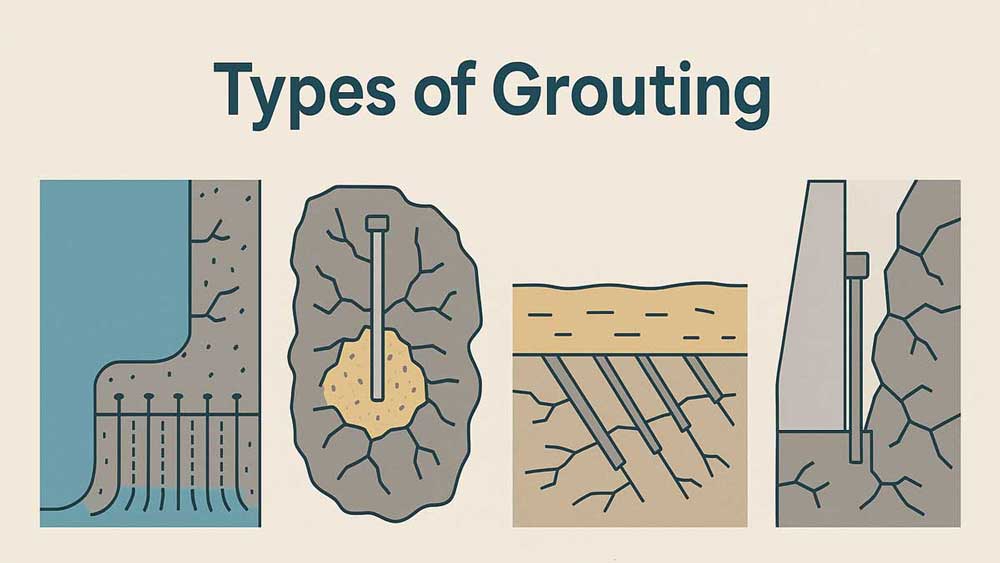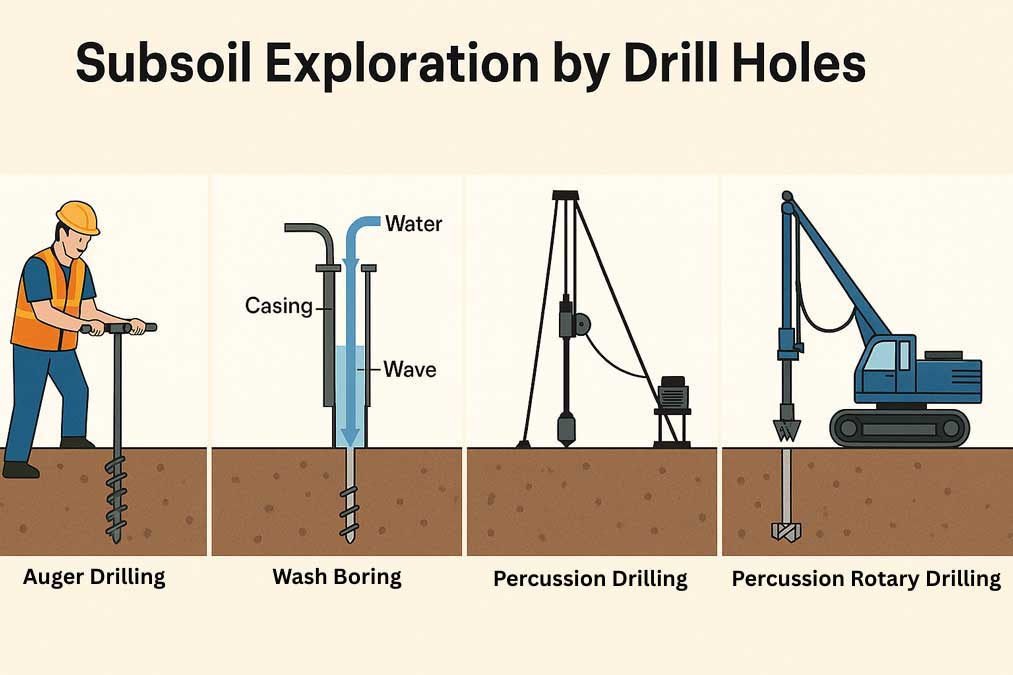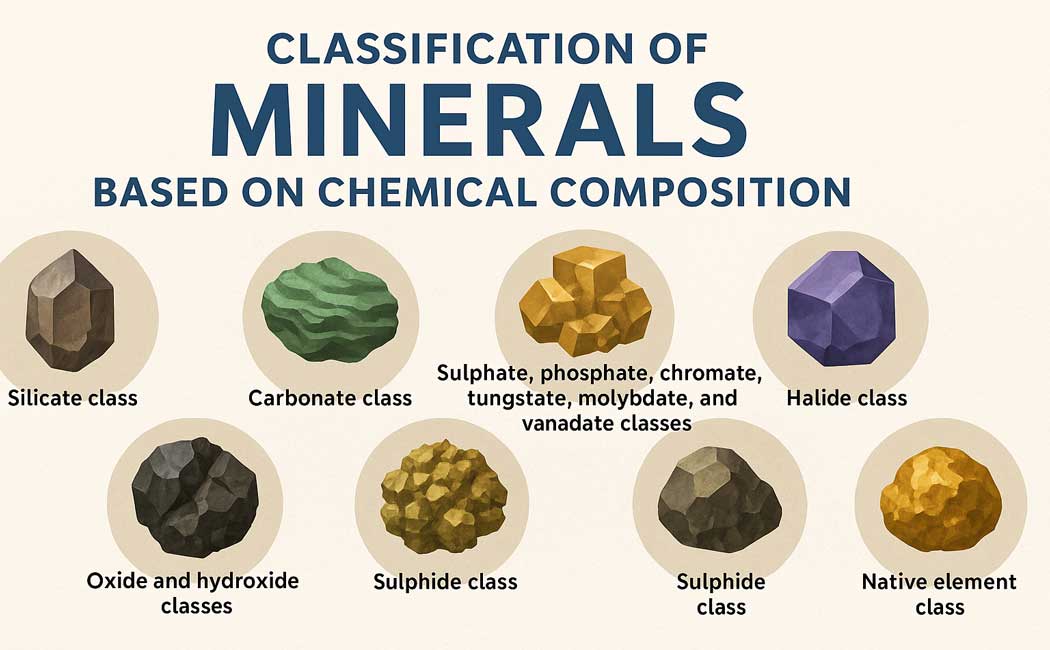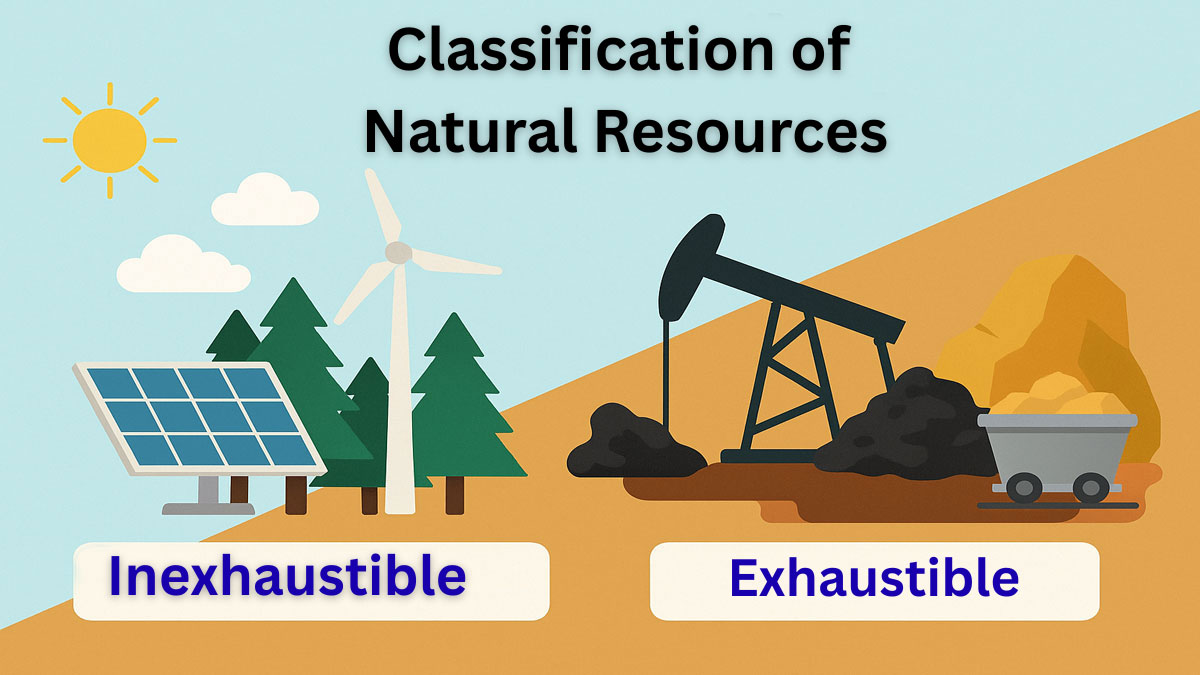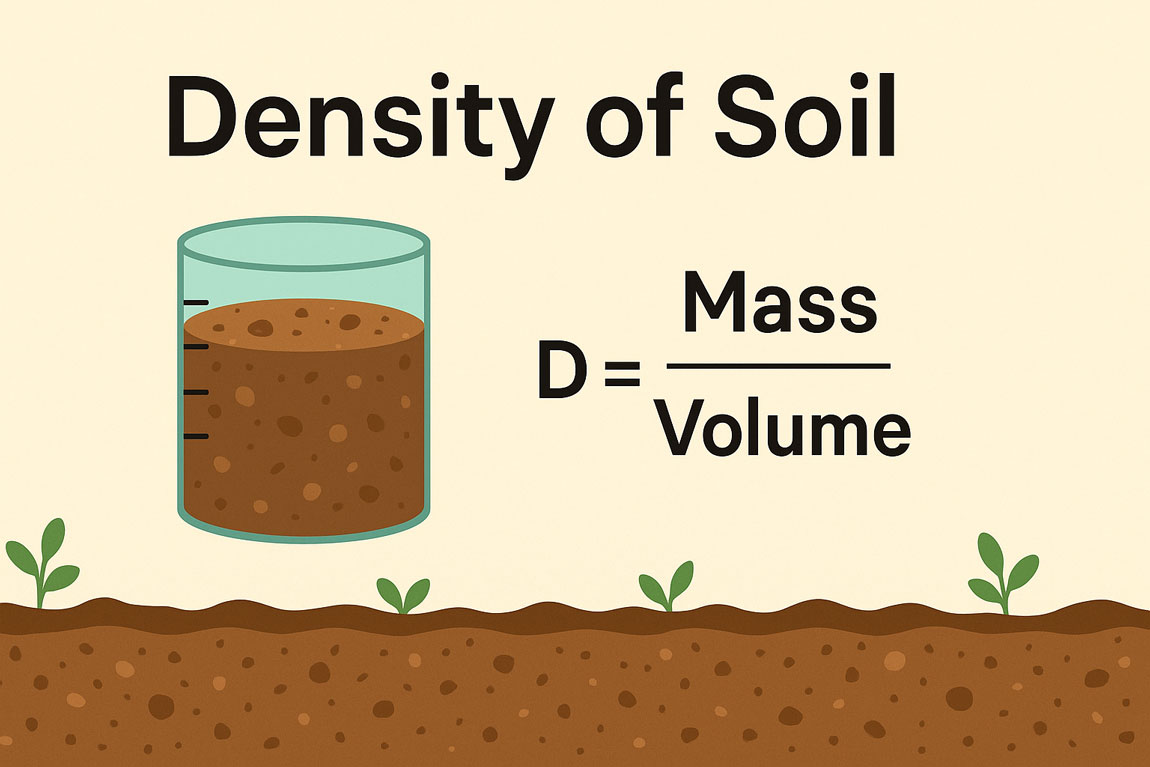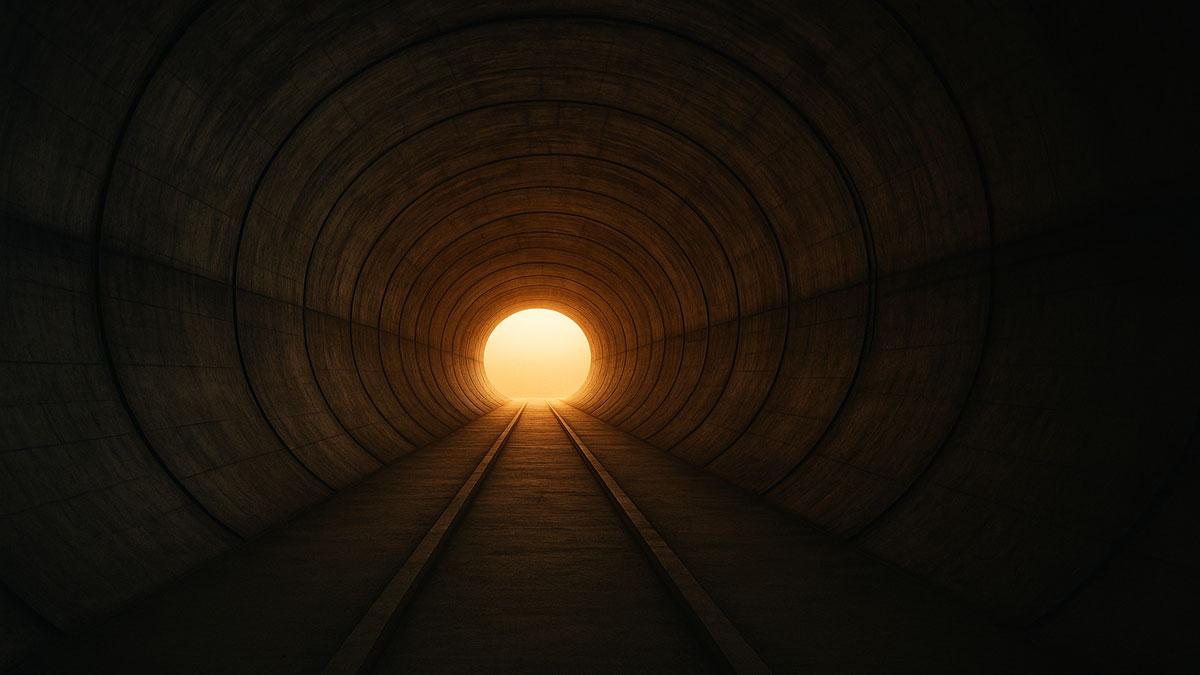
by Gelogia Team | Jul 16, 2025 | Physical Geology & Geomorphology, Structural Geology
Grouting plays a crucial role in geotechnical engineering by improving the strength, stability, and impermeability of soil and rock foundations. Engineers inject a fluid-like material into voids, cracks, or porous zones to seal, consolidate, or reinforce the ground....

by Gelogia Team | Jul 14, 2025 | Physical Geology & Geomorphology, Structural Geology
Subsoil exploration helps engineers understand what lies beneath the ground surface before starting any construction work. It identifies different soil layers and their properties. One of the common ways to explore subsoil involves drilling holes using methods such as...

by Gelogia Team | Jul 13, 2025 | Hydrology
Spillways discharge water from upstream to downstream and represent the most essential structures for dams to function properly (Fig. 1). They release flood water without causing damage to the dam. The spillway often forms an integral part of the dam, constructed...

by Gelogia Team | Jul 12, 2025 | Physical Geology & Geomorphology, Structural Geology
Compression soil accomplished by loading for a short period is known as compaction. It is a quick process of densification and stabilization of soil. A soil mass loses its compactness when it is excavated from its natural source and deposited elsewhere. Why Soil...

by Gelogia Team | Jul 11, 2025 | Crystallography & Mineral Optics, Physical Geology & Geomorphology
The classification of minerals is primarily based on their chemical composition, which allows scientists and geologists to systematically organize them into distinct groups. Minerals may be classified based on their chemical composition. They are grouped and described...
